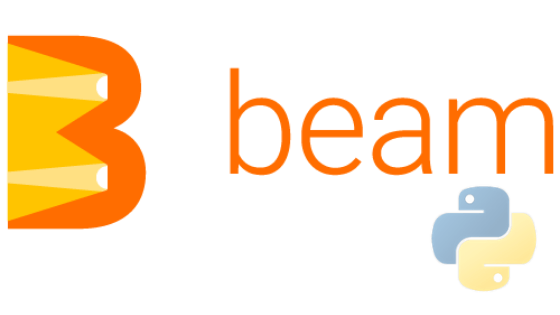This post is part of the Data Engineering and ETL Series. I am taking a short break from Blockchain-related posts. In the past, I have covered Apache Airflow posts here. In this post, I am discussing how to use the CCXT library to grab BTC/USD data from exchanges and create an ETL for data analysis and visualization. I am using the dockerized version of Airflow. It is easy to set up and use proper different images to run different components instead of a one-machine setup. The docker-compose.yml file is available here but I have made a few changes to install custom libraries. Therefore, it is advised you use the file I have…
-
-
Create your first ETL Pipeline in Apache Beam and Python
Learn how to use Apache Beam to create efficient Pipelines for your applications.This post is part of Data Engineering and ETL Series. In this post, I am going to introduce another ETL tool for your Python applications, called Apache Beam. What is Apache Beam? According to Wikipedia: Apache Beam is an open source unified programming model to define and execute data processing pipelines, including ETL, batch and stream (continuous) processing.. Unlike Airflow and Luigi, Apache Beam is not a server. It is rather a programming model that contains a set of APIs. Currently, they are available for Java, Python and Go programming languages. A typical Apache Beam based pipeline looks like below: (Image Source: https://beam.apache.org/images/design-your-pipeline-linear.svg) From the left, the data is being…
-
Create your first ETL in Luigi
An introductory tutorial covering the basics of Luigi and an example ETL application.This post is the part of Data Engineering Series. In previous posts, I discussed writing ETLs in Bonobo, Spark, and Airflow. In this post, I am introducing another ETL tool which was developed by Spotify, called Luigi. Earlier I had discussed here, here and here about writing basic ETL pipelines. Bonobo is cool for write ETL pipelines but the world is not all about writing ETL pipelines to automate things. There are other use cases in which you have to perform tasks in a certain order once or periodically. For instance: Monitoring Cron jobs transferring data from one place to another. Automating your DevOps operations. Periodically fetching data from websites and…
-
Create your first ETL Pipeline in Apache Spark and Python
In this post, I am going to discuss Apache Spark and how you can create simple but robust ETL pipelines in it. You will learn how Spark provides APIs to transform different data format into Data frames and SQL for analysis purpose and how one data source could be transformed into another without any hassle. What is Apache Spark? According to Wikipedia: Apache Spark is an open-source distributed general-purpose cluster-computing framework. Spark provides an interface for programming entire clusters with implicit data parallelism and fault tolerance. From Official Website: Apache Spark™ is a unified analytics engine for large-scale data processing. In short, Apache Spark is a framework which is…
-
Schedule web scrapers with Apache Airflow
This post is the part of Data Engineering Series. In the previous post, I discussed Apache Airflow and it’s basic concepts, configuration, and usage. In this post, I am going to discuss how can you schedule your web scrapers with help of Apache Airflow. I will be using the same example I used in Apache Kafka and Elastic Search example that is scraping https://allrecipes.com because the purpose is to use Airflow. In case you want to learn about scraping you may check the entire series here. So, we will work on a workflow consist of tasks: parse_recipes: It will parse individual recipes. download_image: It downloads recipe image. store_data: Finally store image…
-
Getting started with Apache Airflow
This post is the part of Data Engineering Series. In this post, I am going to discuss Apache Airflow, a workflow management system developed by Airbnb. Earlier I had discussed writing basic ETL pipelines in Bonobo. Bonobo is cool for write ETL pipelines but the world is not all about writing ETL pipelines to automate things. There are other use cases in which you have to perform tasks in a certain order once or periodically. For instance: Monitoring Cron jobs transferring data from one place to other. Automating your DevOps operations. Periodically fetching data from websites and update the database for your awesome price comparison system. Data processing for recommendation based…
-
Develop your first ETL job in Python using bonobo
In this post I am going to discuss how you can write ETL jobs in Python by using Bonobo library. Before I get into the library itself, allow me to discuss about ETL itself and why is it needed? What is ETL? ETL is actually short form of Extract, Transform and Load, a process in which data is acquired, changed/processes and then finally get loaded into data warehouse/database(s). You can extract data from data sources like Files, Website or some Database, transform the acquired data and then load the final version into database for business usage. You may ask, Why ETL?, well, what ETL does, many of you might already been doing…


